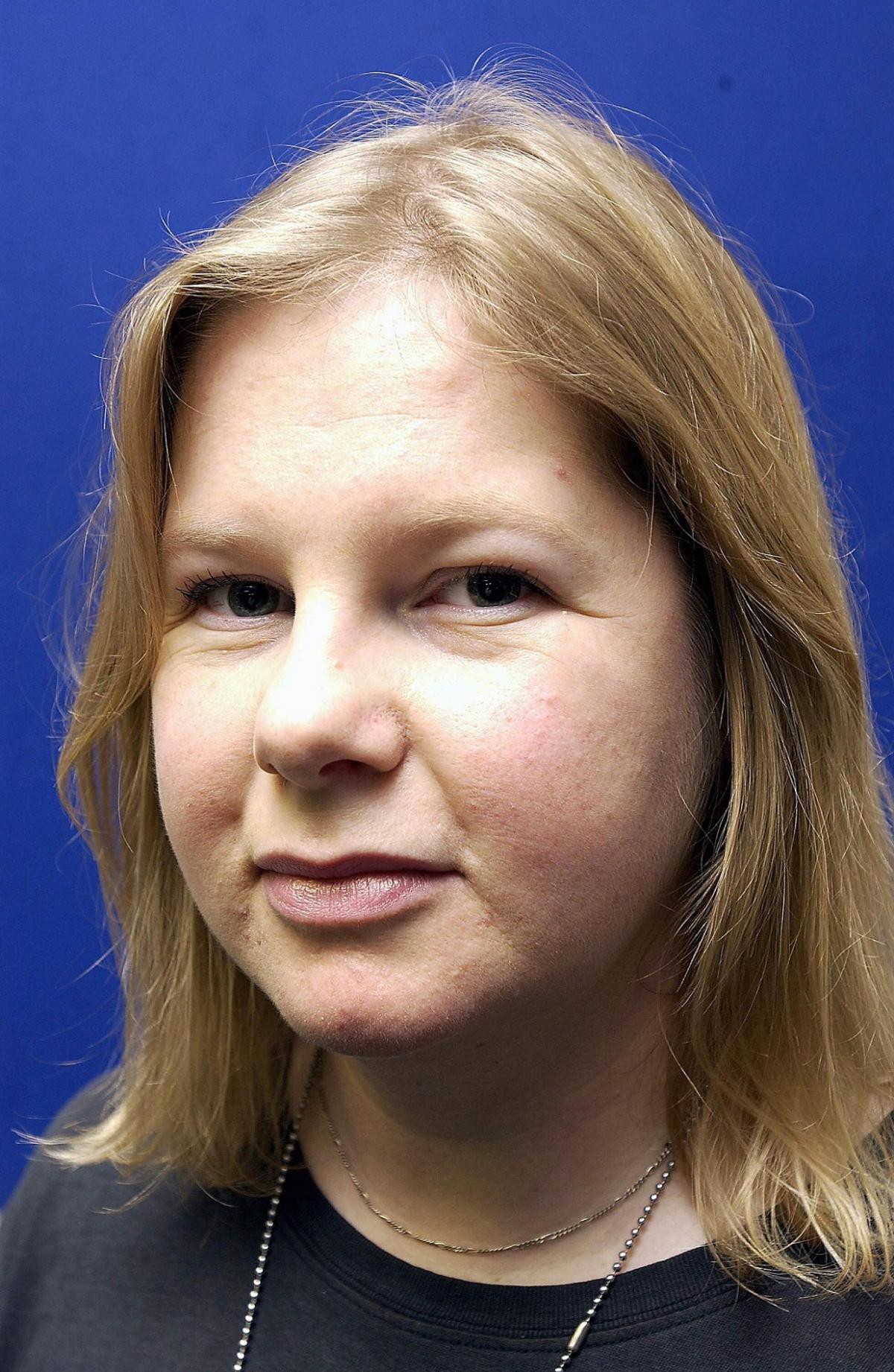WOULD you take your child to see a dead body? Well, if you visited a museum over half-term where Egyptian mummies are on display, you’ll have done just that.
But is it ethical to include mummified bodies in museum exhibitions? A recent documentary raising the issue of how artefacts should be displayed has sparked debate as to whether or not the bodies of long deceased people, preserved by mummification, should be on public display.
Television presenter Konnie Huq believes it is “disrespectful”. It is, she says, a cultural issue and only acceptable if consent has been given. In places such as Indonesia, where bodies are exhumed after a few years and paraded to celebrate the deceased and their lives, such exhibitionism of the dead is a cultural ritual. Ancient mummies, however, presumably didn’t have a say on whether they were okay with being dug up and laid out on display in air conditioned museums for all and sundry to gawp at.
Is it an issue of respect? We know from ancient Egyptian texts that they believed the souls of the dead were guided to the afterlife by gods. Is this process disturbed when their bodies are exhumed, thousands of years later? Even if we don’t share their beliefs, shouldn’t we respect them?
Part of me thinks we should - but it’s also important to learn about, and from, history. And we wouldn’t know much about past civilisations without the tools and utensils they used, the places they lived and died in, and the bodies that were left behind.
To a party of schoolchildren, seeing human remains preserved over centuries brings history alive, and helps them to learn. Looking at a plastic dummy just isn’t as exciting. I remember as a child seeing a real Egyptian mummy in a museum. It fascinated me, I’ve never forgotten it. I thought about the person behind the bandages - what their life was like, what they ate and wore, how they died, and were buried - and it made ancient history seem more real.
A friend who has been to the pyramids in Egypt said she came “alarmingly close” to mummified bodies, albeit under the watchful eyes of armed guards, and it made her children more engaged with the history and culture they saw out there.
Much of history was macabre, that’s often what makes it interesting. Children love the unpleasant bits of the past - it’s what former teacher Terry Deary tapped into so brilliantly in his Horrible Histories books about the Vile Victorians, Slimy Stuarts and Terrible Tudors.
I wish my school history lessons had been more colourful. My exam curriculum was all about the Industrial Revolution and, much as I enjoyed it, I’d liked to have learned about other periods too. The furthest I got on a history trip was the Industrial Museum to look at silent weaving looms. My nephew is on a school trip to Poland this week, and is going to Auschwitz as part of history lessons on the Holocaust. It could be argued that the death camp is a ‘museum of the dead’ but it’s important to visit it to understand what took place there. When I went to Auschwitz, years after school, I was particularly moved by piles of suitcases and spectacles belonging to those who arrived there.
The human face of the past is what makes it more accessible - and keeps it alive for a future when we, too, will be history.





Comments: Our rules
We want our comments to be a lively and valuable part of our community - a place where readers can debate and engage with the most important local issues. The ability to comment on our stories is a privilege, not a right, however, and that privilege may be withdrawn if it is abused or misused.
Please report any comments that break our rules.
Read the rules hereLast Updated:
Report this comment Cancel